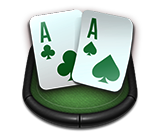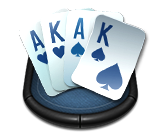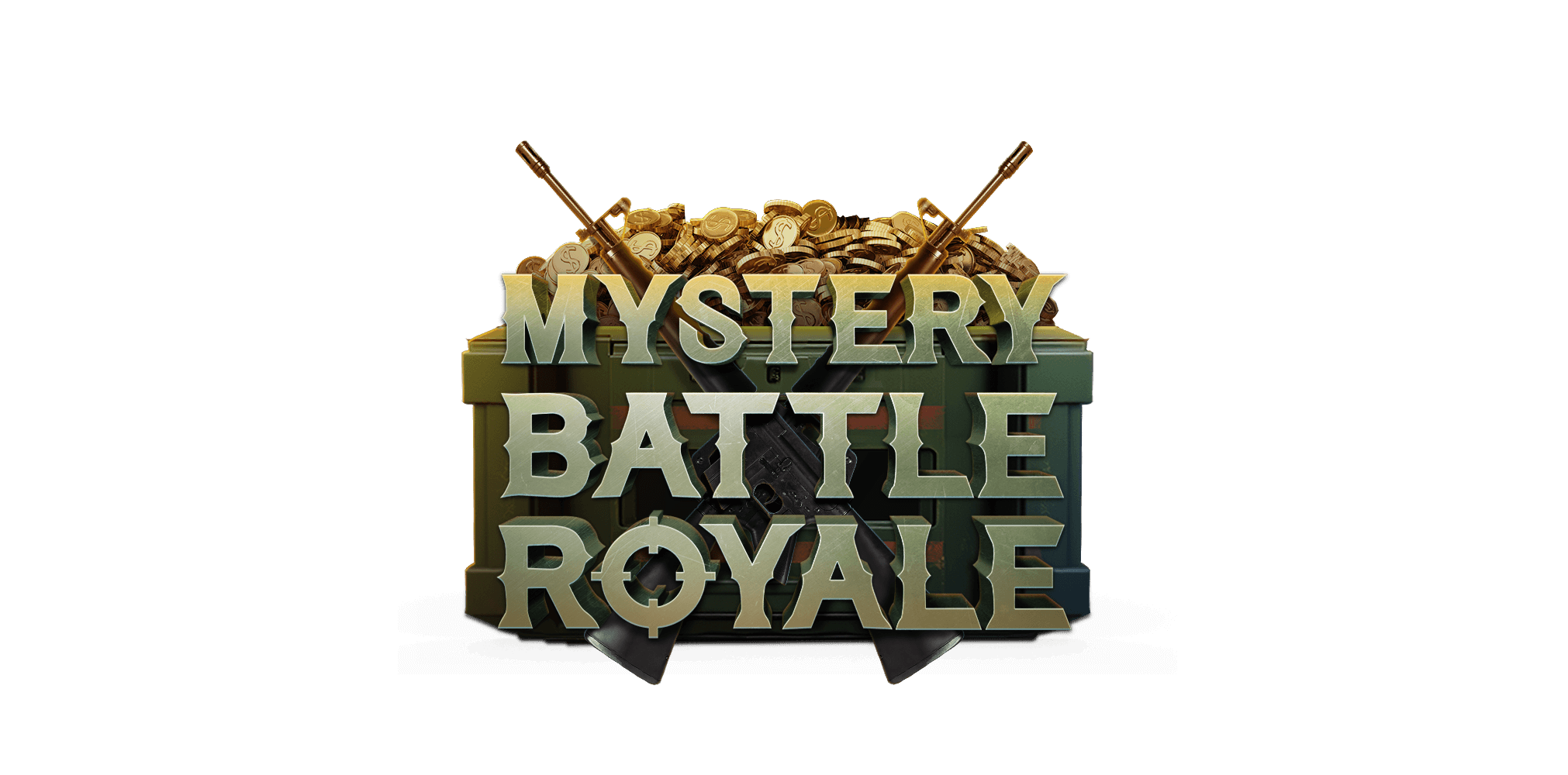
Let’s face it, folding in poker is pretty boring. You give up all potential to win the hand, and you’ll never know for sure whether your opponent was bluffing or not. However, folding is just as essential in a winning Texas Hold’em player’s strategy as betting or raising. If you don’t know when to fold, you’ll bleed money at the tables, making it close to impossible to be a winning player. If you feel like you need some help understanding when to fold in poker, this article is for you.
What Does Fold Mean In Poker?
Let’s start with the basics; what does fold mean in poker? Folding in poker is the act of surrendering your cards and forfeiting all interest in the pot. You no longer have to invest any money into the pot, but you lose your chance to win it. You must wait until it is your turn to act before folding, as folding out of turn gives an unfair informational advantage to the players who haven’t yet acted.
When playing online, folding is as easy as clicking a button, but when you play live, you need to make sure that you keep your cards face down when you toss your cards into the muck. This is because any exposed cards will influence the action for players who are left in the hand, so it’s best to keep your cards on the table when you fold your hand.
How Often Should You Fold In Poker?
Now that we know what folding in poker is, how often should you do it? Well, like the answer to a lot of things in poker, it depends. If you fold too often, you allow your opponents to exploit you by bluffing more frequently. However, if you call too often, your opponents can adjust their ranges to bluff you less frequently, which means you’ll lose a ton of chips to their value bets. It’s a tricky balance to pull off.
There are certain things that you should always consider before deciding whether or not you should fold; let’s take a closer look.
Bet Size – One of the first things to look at is the size of your opponent’s bet. A good rule of thumb is the bigger the bet, the more you should fold, as you need the minimum defence frequency to be lower for larger bets. If you’ve got a drawing hand, another thing to think about is whether you’re getting the odds to call, considering how often you’ll make your draw. If you are, then you know you have a profitable call.
Opponent Type – Another thing to consider is the type of opponent you’re playing against. If they’re a maniac who bets at every single pot, you should call much more often than if you were playing a nit who only bet when they had it.
Opponent’s Range – You should use a combination of the size of the bet and your opponent’s general strategy, as well as other information you’ve gathered in the hand, to construct a range for your opponent. For example, if you notice that your opponent often folds to your raises, but now they’re 3-betting you, your marginal hands, such as low pocket pairs, won’t look very strong.
Hand Strength – After using all of the above information to construct your opponent’s range, you need to look at your hand and decide how strong it is against the range of hands your opponent is betting. If you think your hand wins enough of the time against your opponent’s range, given the price you’re being laid, you should call; if not, you should fold.
When Should You Fold In Poker?
 Knowing what to consider when folding is all well and good, but knowing when to fold is one step better. We might be here all day if we were to lay out every single scenario where you should fold, so instead, we’ve come up with a couple of common situations where you should be looking to find the fold button.
Knowing what to consider when folding is all well and good, but knowing when to fold is one step better. We might be here all day if we were to lay out every single scenario where you should fold, so instead, we’ve come up with a couple of common situations where you should be looking to find the fold button.
Preflop
Let’s start with the first and arguably most important betting round; preflop.
In Early Position
When playing from an early position, your ranges should be the tightest at the table. At a 9-handed table, this means only playing around 10-15% of hands, and at a 6-handed table, you can bump it up a little bit to 15-20% of hands. In these positions, you have the who table left to act behind you, and chances are that at least one player has a strong starting hand, so you need to make sure that your range is just as strong. If you want to be a winning player, make sure you fold most of your hands when playing from an early position.
When Being 3bet By A Nit
We’ve all seen the players at the table whose VPIP and PFR stats are in the single digits. They sit there waiting for a super premium hand and hope someone will be dumb enough to pay them off. Well, if you’ve identified these players, don’t pay them off! When they 3-bet, it’s always going to be a super premium hand. While calling to try and crack their aces is tempting, you’re much better off folding and saving your money.
Postflop
Knowing when to fold postflop is more complicated, as there are a lot more variables to consider. However, there are certain situations that commonly occur where folding is the best option.
When You Get Raised On The River
It’s well known amongst regulars that poker players don’t bluff-raise the river anywhere near the frequencies they should. The river is the street where the pot is at its biggest, so finding a bluff raise in these scenarios can be incredibly daunting, especially for recreational players. This means that almost all players are heavily weighted towards value whenever they raise the river, so unless you have a super strong hand, just fold and save your money – they’re not bluffing you.
When A Fish Gets Aggressive
The majority of recreational players are incredibly passive in their play; preferring to let other people do the betting for them. This means that when a recreational player starts betting aggressively, you should be concerned. Unless you’re playing a maniac, most recreational players don’t bluff anywhere near the correct frequencies, so it’s very likely to be a value bet – and a strong one at that.
If your opponent has a history of passive play until now, you can fold your hand, confident that it’s likely an absolute monster.
Tips For Knowing When To Fold In Poker
We’ve covered a lot about knowing when to fold and what to think about when making your decision, so here are some handy tips you can use when at the table to make your decision easier.
Look Beyond Your Own Hand – Always consider your opponent’s range of hands before making your decision whether or not to fold. The stronger your opponent’s range is, the more you should fold.
Work Out Your Pot Odds – If you have a drawing hand or a marginal hand against your opponent’s range, look at the odds you’re being given. If you think you make your hand/win the pot enough of the time, considering the odds you’re being laid, you should call.
How Does Your Opponent Play? – Knowing how your opponent usually plays is a key piece of information when deciding whether or not to fold. If your opponent is usually a very tight player, it’s likely they have a very strong hand, so you should fold all but the strongest hands in your range. However, if your opponent is a frequent bluffer, you can afford to call more hands and fold less often.
Summary
As a wise man once said, you have to know when to hold’em and know when to fold’em. If you don’t know when to fold in poker, you’re going to find it hard to be a winning player in the long run. After reading this article, you should feel confident knowing what to consider when deciding whether or not to fold. However, if you’re still having trouble, you can always reference this article for our handy tips to help you at the table!

.webp)




























